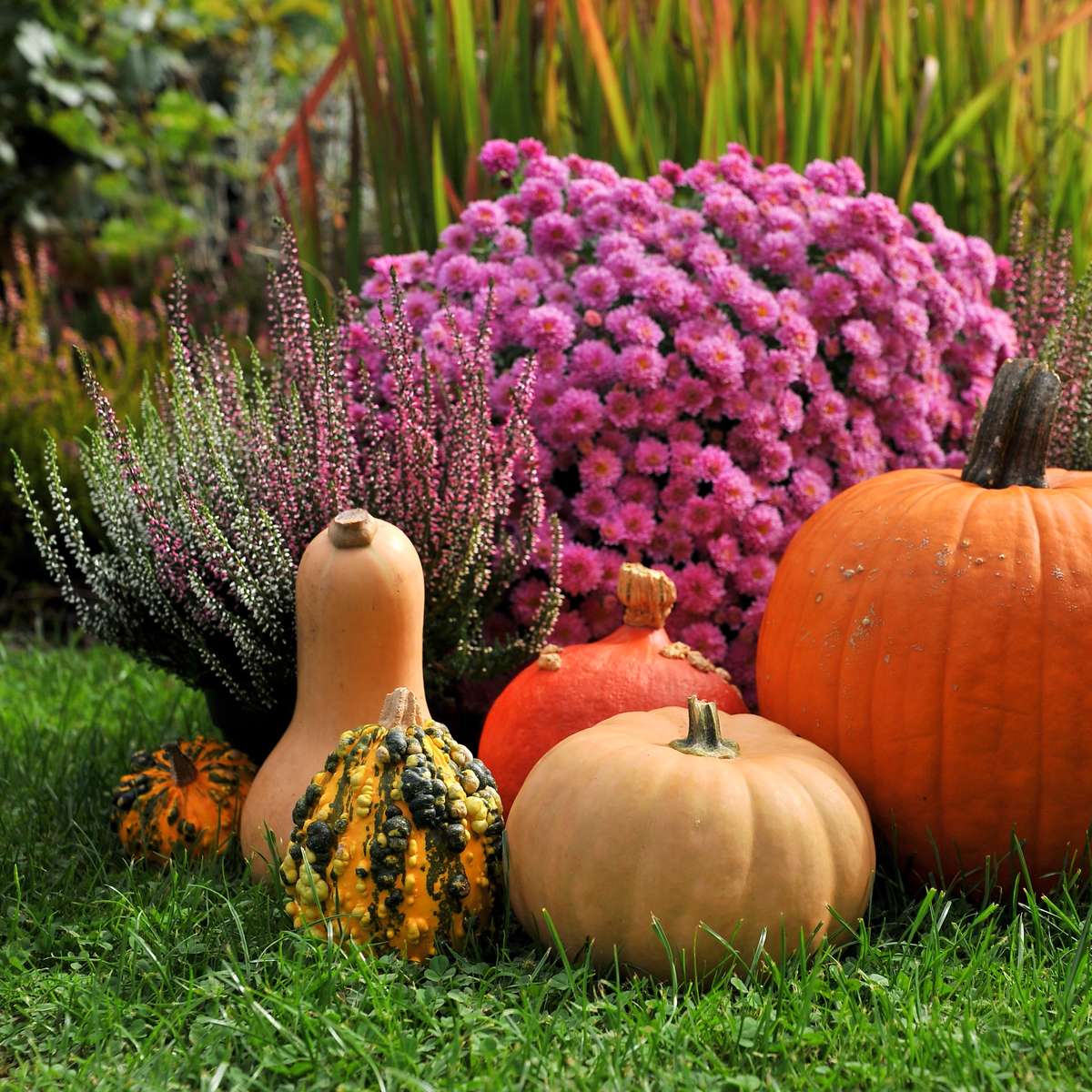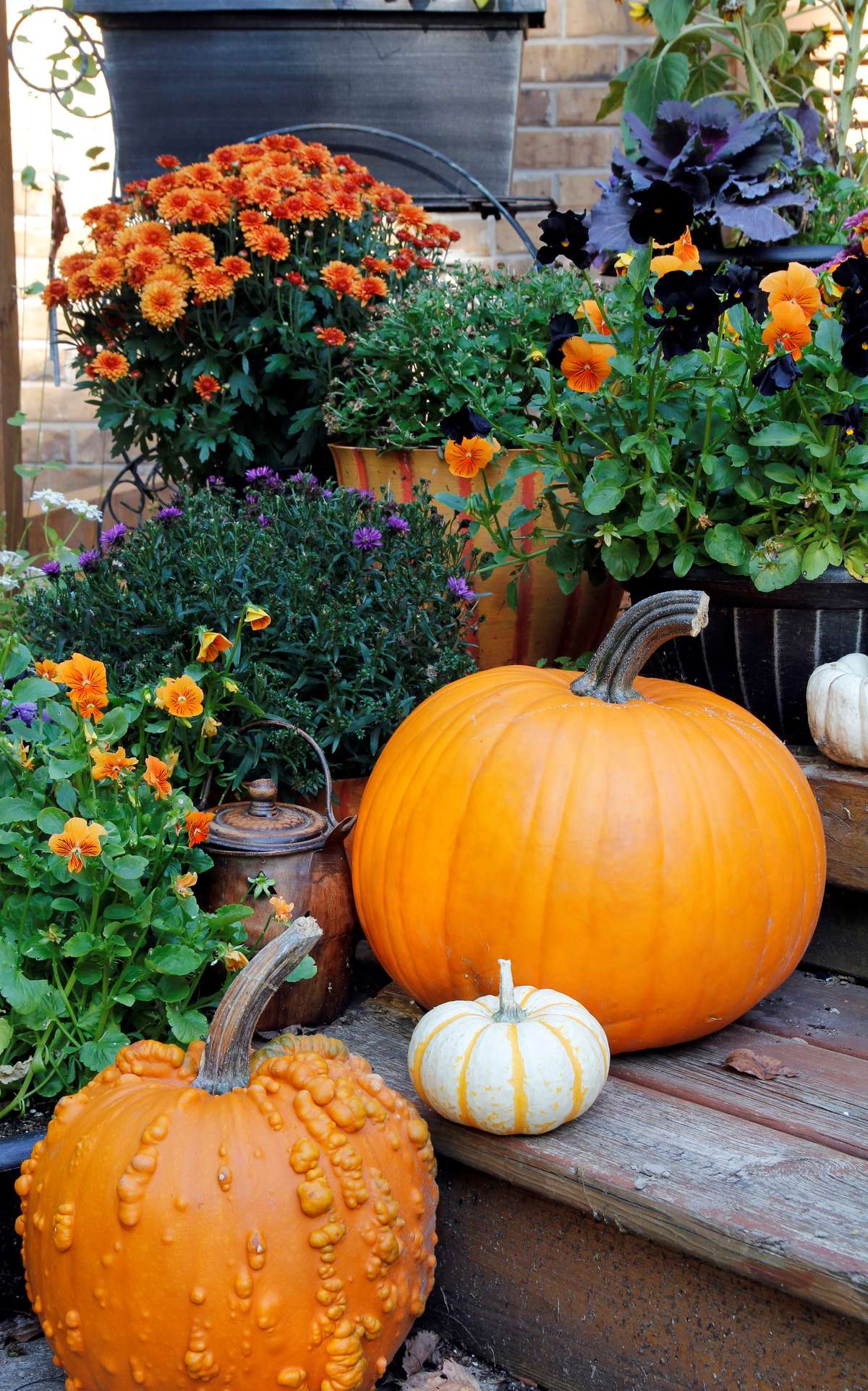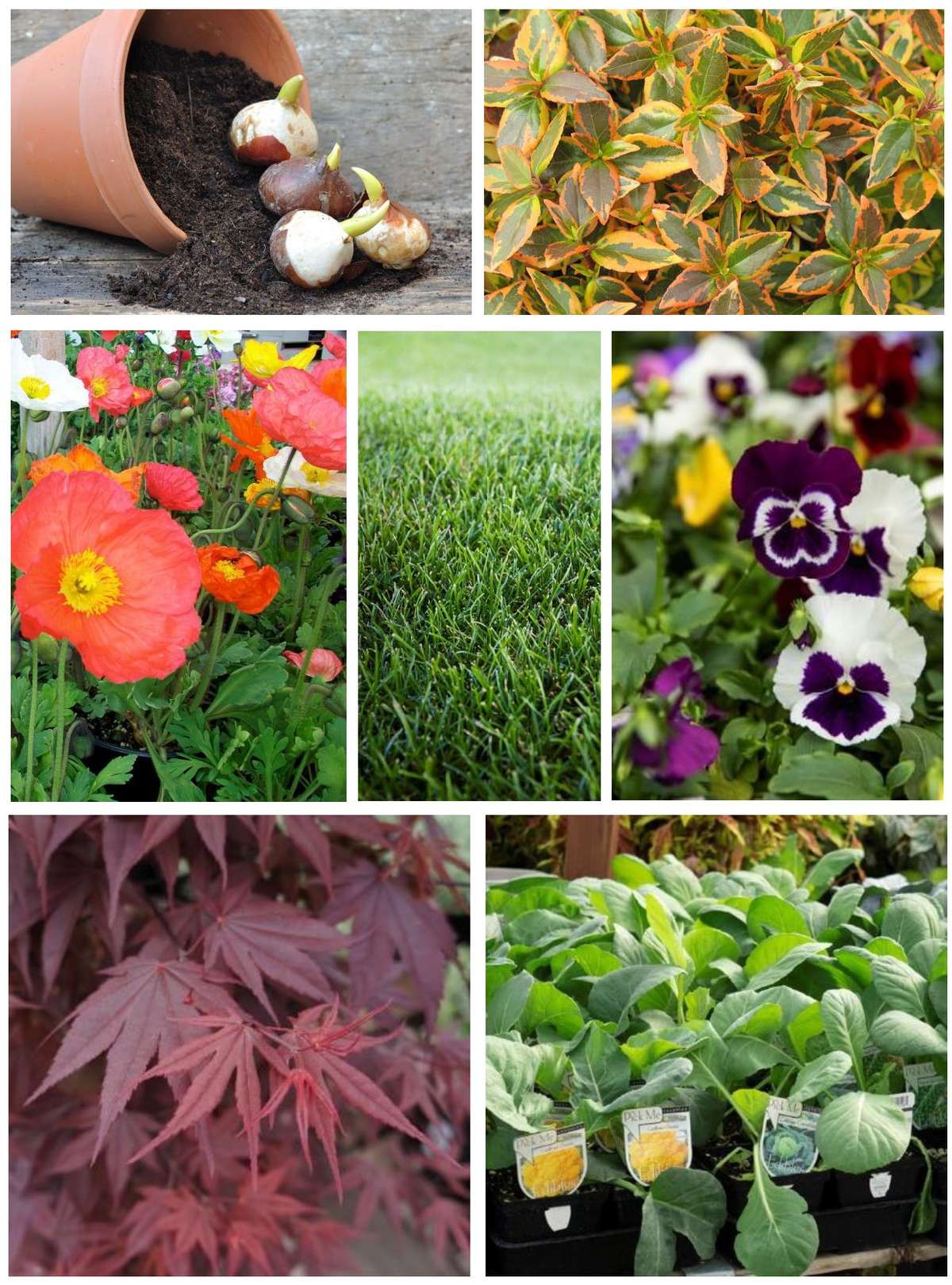
Fall Planting

Why Is Fall Ideal For Planting?
As fall approaches, the days are still warm and the nights are cooling off. Plants slowly begin to shift energy away from producing leafy growth, beautiful flowers and tasty fruit, to building strong roots—which makes fall the perfect time to put something new in the ground.
Roots have a chance to get established before next summer’s heat, there are fewer pests to manage, and as soon as the rain comes, watering is done naturally.
Read on for more reasons to plant in the fall, along with a few planting ideas to get you started.
Roots have a chance to get established before next summer’s heat, there are fewer pests to manage, and as soon as the rain comes, watering is done naturally.
Read on for more reasons to plant in the fall, along with a few planting ideas to get you started.

Fall Planting Advantages
- Irrigate Less Frequently: Cooler fall and winter weather, along with slower plant growth, means plants lose water more slowly. Take advantage of fall and winter rainfall by reducing your irrigation.
- Less Weeds: Cooler temps equal fewer weeds, and less competition for water and nutrients.
- Plants Adapt Easier: Plants are slowing their growth and deciduous plants are beginning to enter dormancy. Dormancy allows plants to adapt easier and be less susceptible to transplant shock. Cool temperatures and warm soil result in ideal conditions for new root growth.
- Less Pests: Pests are less active this time of year.

Planting Ideas
- Bulbs: Fall is the time to plant bulbs for a seemingly effortless display of color in the spring. Spring-blooming bulbs are the first flowers to show color in late winter and early spring, and only require a little bit of effort now for a big colorful show later.
- Vegetables: If your summer veggie garden is winding down, make great use of the space by planting cool-season vegetables. Winter veggie gardens are less susceptible to pests and easier to maintain than summer gardens. Establish plants in the fall so that they can withstand the cold of winter.
- Cool-Season Annuals: There are many colorful annuals that flourish in the winter. Iceland poppies, pansies, violas, calendula and ornamental cabbage can brighten-up your flower beds and containers until spring.
- Lawns: Fall is the perfect time to rejuvenate a lawn that was stressed by summer, or to put in a new seed or sod lawn. Cool weather slows the evaporation of water in the soil, creating the perfect climate to establish seed or sod.
- Trees & Shrubs: Trees and shrubs grow much more slowly in the cool season, allowing their roots time to acclimate to your native soil. Moderate soil temperatures mean that many soil microorganisms are still active, which naturally stimulate growth by breaking down organic matter in soil to make nutrients available for plants to uptake.
- Natives: Native plants are very sensitive to overwatering. When planting in spring or summer, we tend to compensate for the heat by increasing irrigation on the new plantings. This often results in root rot for native plants. By planting in the fall when it is cooler, plants can become established with minimal irrigation, reducing the risk of root rot.
Resources
Stop by your favorite Green Acres Nursery & Supply location and our plant gurus can help you find the perfect items for your garden or landscape. Need planting ideas? We have several lists you can use as resources and add favorites to your wish list.
- Learn why Fall Is For Planting Trees, browse our Tree Collection, and pick out your favorites Best Ornamental Flowering Trees.
- For fall planting, Start with the Basics Shrub Collection.
- Perfect for our climate: Reimagine Your Landscape: Mediterranean.
- Protect your pooch: Dog-Friendly Plant List.
